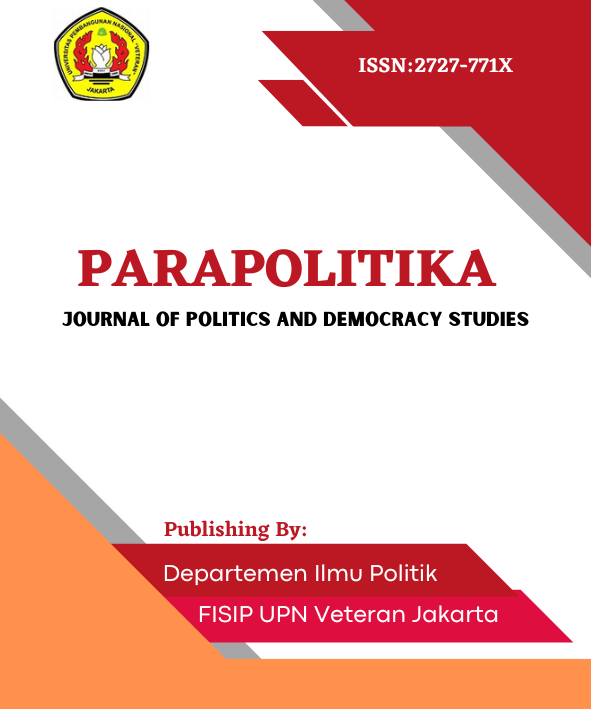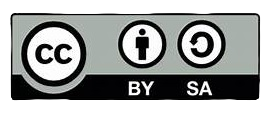DAMPAK PEMBANGUNAN RUANG TERBUKA HIJAU KASUS TAMAN CAHAYA KOTA SURABAYA
DOI:
https://doi.org/10.33822/jpds.v2i2.5899Kata Kunci:
Policy, Development, Public SpaceAbstrak
This study aims to find out how the impact of the green open space development policy in the city of Surabaya, especially in the Cahaya park, Babat Jerawat sub-district, Pakal district, Surabaya. This research use desciptive qualitative approach. Data collection techniques through in-depth interviews, observation, and documentation. Data analysis in this study starts from the process of collecting data, reducing data, displaying data and drawing conclusions. To find out the impact felt by the community around Pakal District with the construction of the Cahaya park, researchers used the policy impact dimensions proposed by Thomas R. Dye, there are two main findings. First, the Cahaya Park was built in the Babat Jerawat sub-district, Pakal sub-district, Surabaya, the purpose of the Cahaya park was to overcome the problems that exist in the community, especially the need for recreation areas, sports facilities, and children's playgrounds. Second, the park which was originally opened was the target of the policy as a place of recreation and as a biofilter against air conditions polluted by pollution, besides that there are groups outside the policy target, namely the community in Babat Jerawat Village, Pakal District, who also use the park for selling activities so that some people who used to be unemployed with the opening of the Cahaya park they can have a job as a merchant times five
Referensi
Agustino, Leo. (2008), Dasar-Dasar Kebijakan Publik. Bandung: Alfabeta
Ariesto H. Sutopo, Adrianus A. (2010), Terampil Mengolah Data Kualitatif. Jakarta Prenada
Media Group
Bungin, Burhan (2006). Sosiologi. Jakarta: PT Raja Grafindo Persada.
Dunn, William. (2003). Pengantar Analisis Kebijakan Publik. Yogyakarta: Gadjah Mada
University Press.
Fandeli, C. (2004).Perhutanan Kota. Yogyakarta: Fakultas Kehutanan Universitas Gadjah
Mada
Hariyanti, Dini Try. 2008. Kajian Pola Pemanfaatan Ruang Terbuka Publik Kawasan
Bundaran Simpang Lima Semarang. Semarang: Tesis Universitas Dipenogori
Hidayat, Kiki, Rosana, Rahma Kurnia Sri Utami. Analisis Ruang Terbuka Hijau di Kabupaten
Pringsewu Tahun 2014. Jurnal Penelitian Geografi. Vol. 4 No.1 Tahun 2016
Judistira K. Garna (1992), Teori-Teori Perubahan Sosial, Bandung 1992.
Moleong, Lexi J. (2007), Metode Penelitian Kualitatif, Bandung: Remaja Rosda Karya.
Martono, Nanang. (2012). Sosiologi Perubahan Sosial Perspektif Klasik, Modern, Postmodern
dan Poskolonial. Jakarta: Raja Grafindo Perkasa
Nazaruddin. 1994.Penghijaun Kota. Jakarta: Penebar Swadaya
Pahrudin, HM. (2016). Dampak Alih Fungsi Lahan Pertanian Terhadap Pedagang Semanggi
di Kendung Benowo Surabaya Perspektif Teori Perubahan Sosial. Jurnal Kebijakan dan
Manajemen Publik GOVERNANCE Vol. 6 No. 1 April 2016
Ning, Purnomohadi. 2006. Ruang Terbuka Hijau: Sebagai Unsur Utama Tata Ruang Kota.
Jakarta: Kementrian PU
Rachmawati, Kiki. (2004). Kajian Kecenderungan Ruang Publik Simpang Lima Kota
Semarang Berkembang Sebagai Kawasan Rekreasi Belanja. Tugas Akhir Fakutas Tenik
Universitas Dipenogo Semarang.
Rosawatiningsih, Nila. (2018). Kebijakan Pengelolaan Ruang Terbuka Hijau (RTH) Taman
Flora Surabaya. Jurnal Sosial dan Media Unesa Vol.3 No.1 Tahun 2018
Winarno, Budi. 2012. Kebijakan Publik (Teori ,Proses, dan Studi Kasus). Yogyakarta: Buku
Seru
Moenir. 2006. Manajemen Pelayanan Umum di Indonesia. Jakarta: Bumi Aksara
Undang-Undang Penataan Ruang No 26 Tahun 2007
Peraturan Daerah Kota Surabaya Nomor 7 tahun 2002 tentang pengelolaan ruang terbuka
hijau
Peraturan Daerah Kota Surabaya Nomor 2 Tahun 2014 Penyelenggaraan Ketertiban Umum
dan Ketentraman Masyarakat
Diterbitkan
Versi
- 2021-07-28 (2)
- 2021-07-31 (1)






